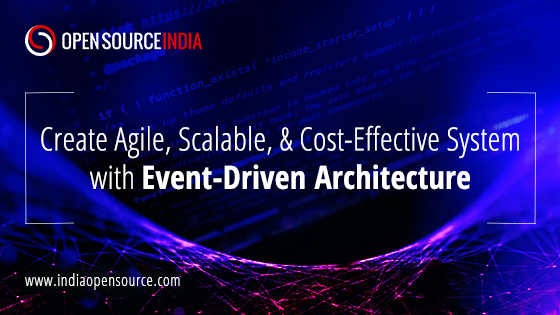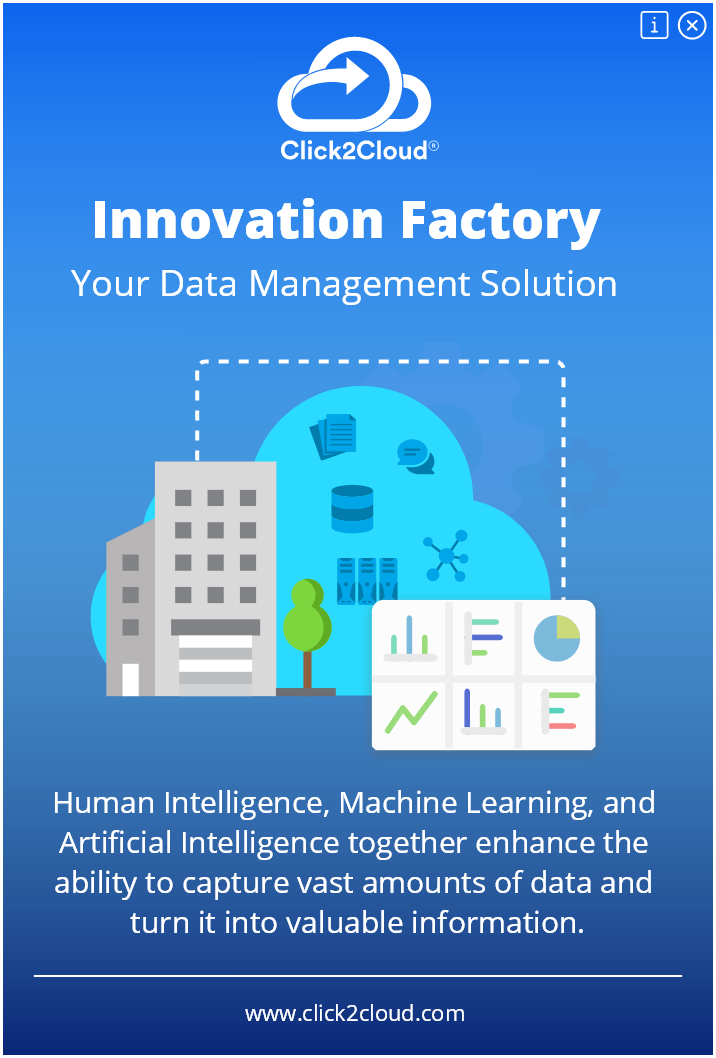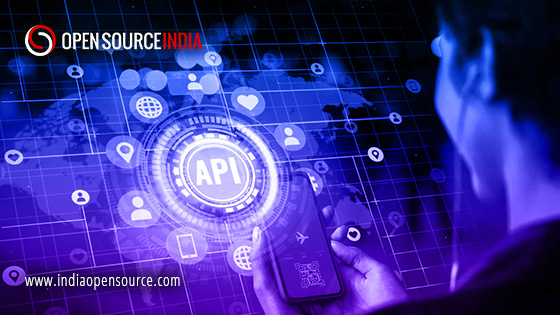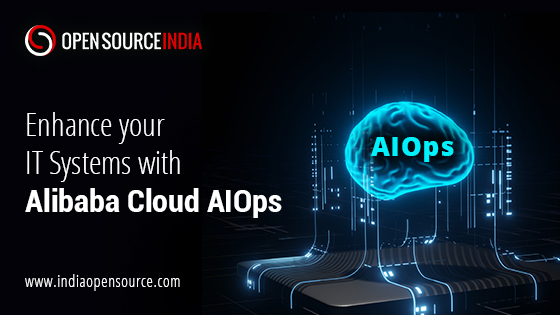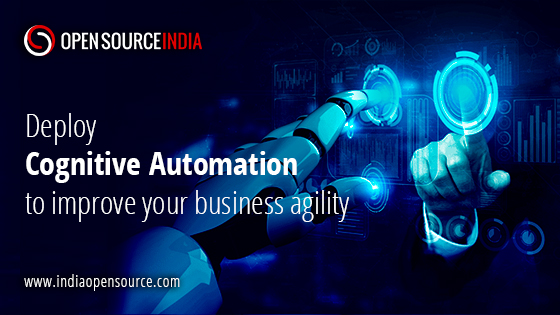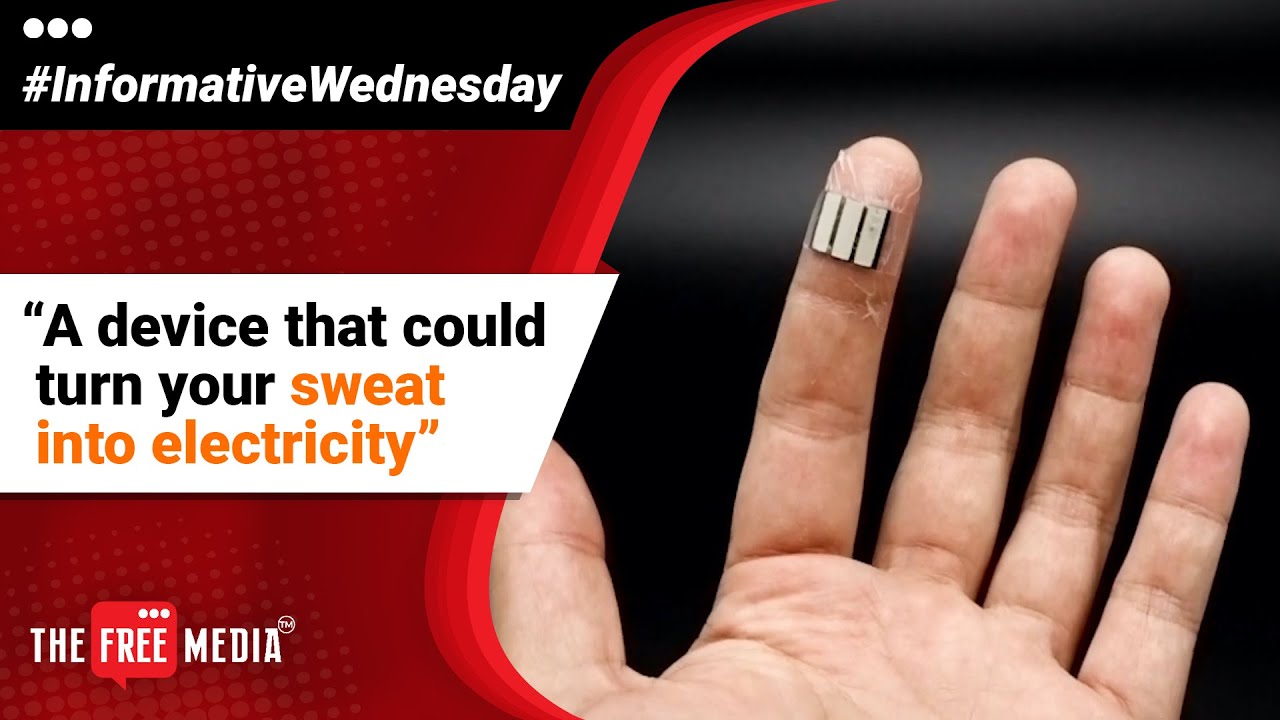Introduction
In the era of fast-paced computing, providing real-time solutions has become crucial for organizations to compete in the industry. The traditional models of computing are focused on data and keeping data secure without measuring the validity of the data produced. Any data produced diminishes in its significance with time as the changes are made throughout the systems.
To address this issue, the stakeholders are diverting toward Event-Driven Architecture.
Table of Content:
- What is Event-Driven Architecture?
- What is an Event?
- How does Event-Driven Architecture work?
- Benefits of Event-Driven Architecture
What is Event-Driven Architecture?
Event-Driven Architecture lets events circulate between decoupled services in real-time or near real-time to analyze and execute relevant actions based on the information.
Also referred to as asynchronous communication, this architecture overcomes the limitations of request/response methodology where the system has to wait for the response of a previous request to make a new request. Providing information in real-time helps organizations leverage the benefits of opportunities as the events are happening.
Event-Driven architecture is common in modern applications that are built with microservices.
What is an Event?
An event can be any happening including a purchase, a query, a change in inventory, a sensor reading, or anything that can have an impact on other operations.
Any event that happens within the system creates information. The value of this information deteriorates with time and hence it is necessary to take immediate action on this information. Sharing the event as it happens lets the system take necessary analysis and action on the information collected by the event to grab the opportunity.
Event-Driven architecture has 3 components, the event producer that produces the event, the event consumer that uses the event, and the event broker that filters and pushes the event from producer to consumer. The event broker is an optional component and is not required if there is a single entity as an event producer and a single entity as an event consumer.
How event-driven model works?
An event-driven model can use one of the following two approaches from the producers’ side-
Pub/Sub model
In this model, as an event is published, it sends a notification to all the subscribers of that event. The event can not be replied or the new subscriber can not get the event.
Event Streaming
In this approach, a log of the events is kept. The client does not need to subscribe to read an event. It can read or reply to the event at any time from any part of the log.
From the client’s side, there could be one of the three approaches-
Simple event processing
The consumer immediately takes action on the event.
Complex event processing
The consumer analyses the series of events to fetch a pattern. This pattern is used to take action.
Event streaming process
The events generated by producers are ingested into streaming processors. The consumer can access their preferred events from the streaming processor. This is a best-fit approach for IT workloads.
Benefits of Event-Driven Architecture
Failure safety
By decoupling the services, they are interoperable but independent from each other. In such a scenario, the failure of one service does not affect the operation of others.
Scalability
It is easy to add services in a decoupled architecture and connect it with routers for event transmission.
Audit with ease
The router works as a centralized location to work on policies, subscribers, and other essential decisions. It is easy to update, cancel or add subscribers through the router without affecting the operations of other services.
Agility
The router requires no code for filtering and pushing the events to authorized consumers which speed up the development process.
Conclusion
By deploying Event-Driven Architecture, organizations can leverage the benefits of real-time events and can grab the opportunities before they outlive their worth. Focusing on events instead of data helps organizations distribute the information generated by the event in real-time. It creates an agile, scalable, and cost-effective system in organizations.




